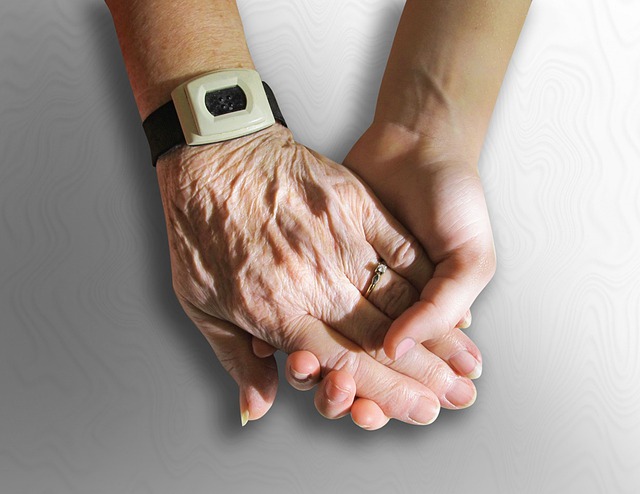
IADLs include all daily activities, from getting out of bed to dressing and eating. They can also be used to control biological functions. An occupational therapist works with people to improve their daily lives. These professionals determine if it is possible to accomplish these tasks. They evaluate the activity's safety and effectiveness, and the difficulty of the patient's task.
Daily living activities
Living independently requires that you perform Instrumental Activity of Daily Living (or IADLs). These activities do not require assistance and help individuals lead a rich and fulfilling life. IADLs can be used to dress, groom, feed, and clean up. You will also need to have basic communication skills, such a ability to use a telephone or a computer. Other IADLs include cooking, cleaning, money management, and using public transport.
These activities are essential for independent living and require higher-order thinking. Experts are divided on how many IADLs to include, but most experts list between seven and twelve. The number of tasks required will depend on the individual. Geriatric patients may require more help than others.

Performance in a task context
An important aspect of improving performance is being aware of what you are doing in the context of a task. Cognitive decline can be subtle. However, older adults who are aware and able to adapt their performance may be able maximize their performance. However, those with low self-awareness or no awareness may not be able adjust their performance and could become vulnerable to functional decline. There is limited research that has looked at awareness of performance within the context of functional activities of daily living.
We used WCPA-10 to evaluate awareness of performance for a task in functional activity. We evaluated older adults by observing them as they performed various tasks, and we assessed their self-recognition of errors, whether verbally or non-verbally. These errors were compared to the total number of errors made. Participants' self-ratings on performance in four tasks were also evaluated.
Neuroanatomical correlates of IADLs are being studied.
A wide range of neuroanatomical conditions can cause impairments in functional daily living activities (FADL). These impairments can affect mobility, visual perception, auditory processing, as well as morphological changes in brain. This review was conducted to identify neuroanatomical variables that may affect IADL.
The researchers wanted to find out if brain perfusion patterns in certain regions are related to functional abilities. Researchers discovered that there was a positive correlation among total IADL scores as well as perfusion ratios in right lateral temporal, and superior parietal. These results support the hypothesis that the perfusion changes related to changes in IADL ability.

IADLs and dementia: Impact
Care of patients and their families will be easier if you understand dementia's effects on ADLs. Alzheimer's disease can impact brain functions, including judgment, attention and decision making. The presence of a dementia caregiving professional in the patient's home can help them make safe decisions and maintain independence.
The severity and stage of dementia can have a different impact on ADL performance. While some activities were preserved in the early stages, others began to decline as the disease progressed. Bathing and dressing deteriorated more over the course of dementia, whereas continence was not affected. These differences aren't universal across stages and countries. This means that specific interventions are necessary to improve specific ADLs and increase independence.